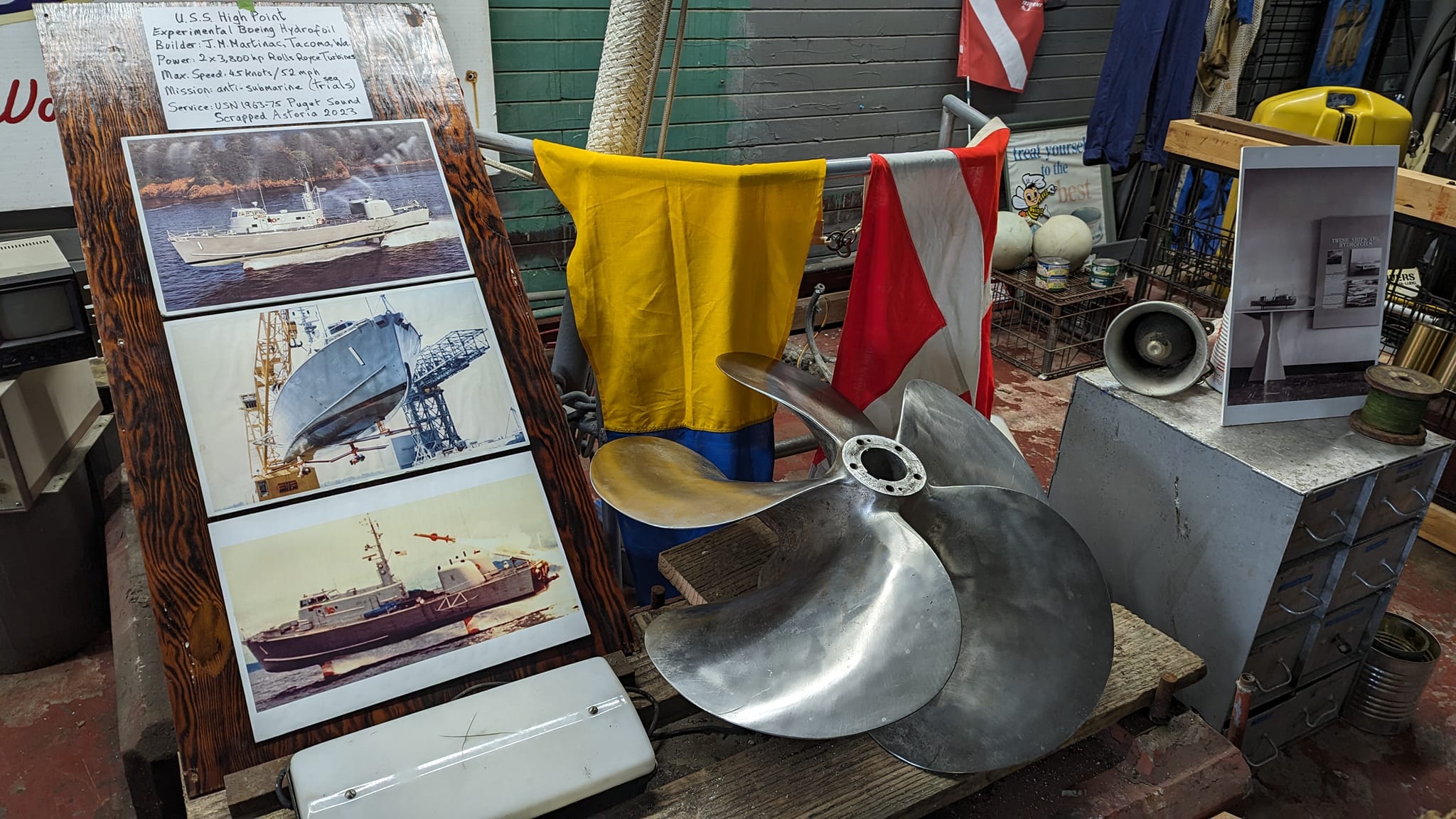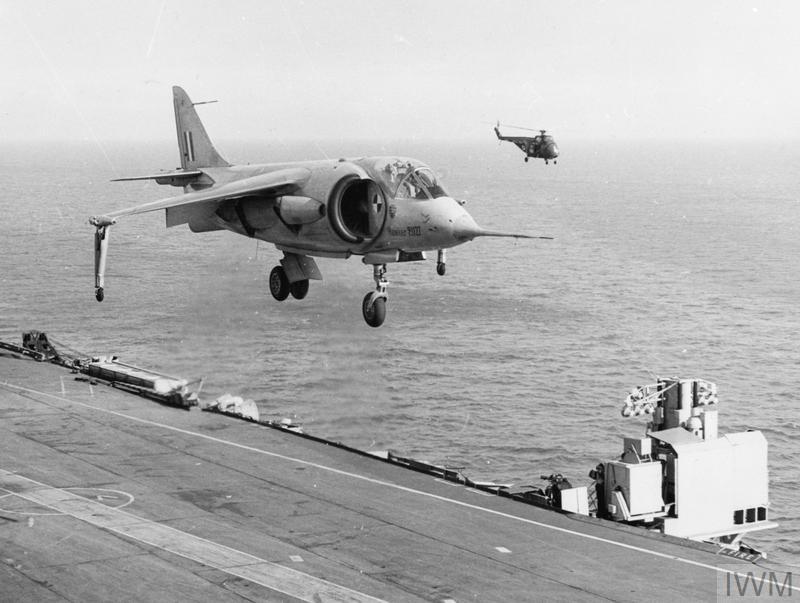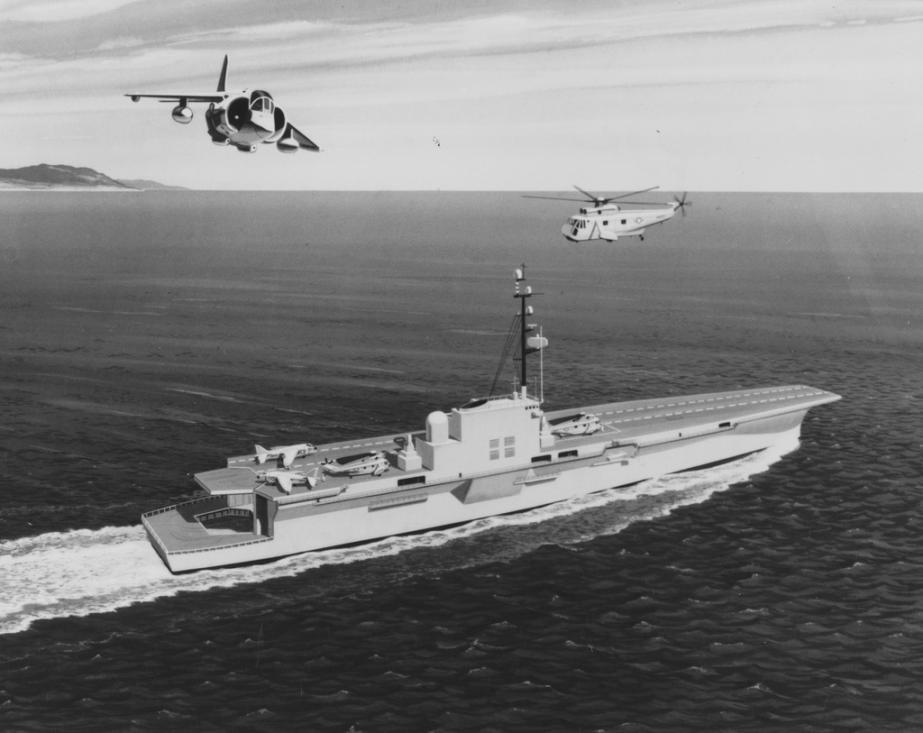USS High Point hits her lowest point
A few years ago, we covered the story of the experimental 115-foot “hydrofoil sub chaser” USS High Point (PCH-1) being up for sale in poor condition in Astoria, Oregon.
Built by Boeing in 1962, she was the first of a series of hydrofoil craft designed to evaluate the performance of this kind of propulsion in the modern Navy, one that ultimately led to the design (by Boeing) of the Pegasus-class patrol combatant missile hydrofoils, or PHMs.
Decommissioned by the Navy in March 1975 after a decade of testing, High Point was used briefly by the Coast Guard until her main turbine exploded, then was stricken in 1980.

428-GX-K108129 Patrol Craft, Hydrofoil, USS High Point (PCH-1) underway during a search and rescue exercise off San Francisco by JOC(AC) Warren Grass, 25 April 1975
Powered just by her auxiliary Detriot Diesel, she was retained as a non-commissioned experimental hulk until finally disposed of by MARAD in 1991. She passed through a series of private owners until she came up for sale once again for $70,000– with no takers.
Now, as detailed by Scotty Sam Silverman over at the Museumships group, she met her end earlier this month.
Silverman’s photos:
All is not totally lost as a number of relics from the vessel were apparently passed on to a local, free cannery museum on the condition they set up and display the foil propeller.
A Requiem for a Ship that Could Fly;
A Ship of local notoriety,
USS HIGH POINT PCH-1There were no flags flying, no bands playing on the pier, no dress uniforms with gold braids waiting to congratulate the captain and crew for a successful mission. No, there was none of that. Only an excavator with a hydraulic crusher awaited. And over a period of four days, in the middle of August, this once proud foilborne warrior was reduced to a heap of scrap and hauled away.
She deserved better, but you can’t save them all.
The only American “fighting foil” left afloat is the ex-USS Aries (PHM-5) museum in Gasconade, Missouri. Please pay them a visit or at least throw them a few dollars.
























